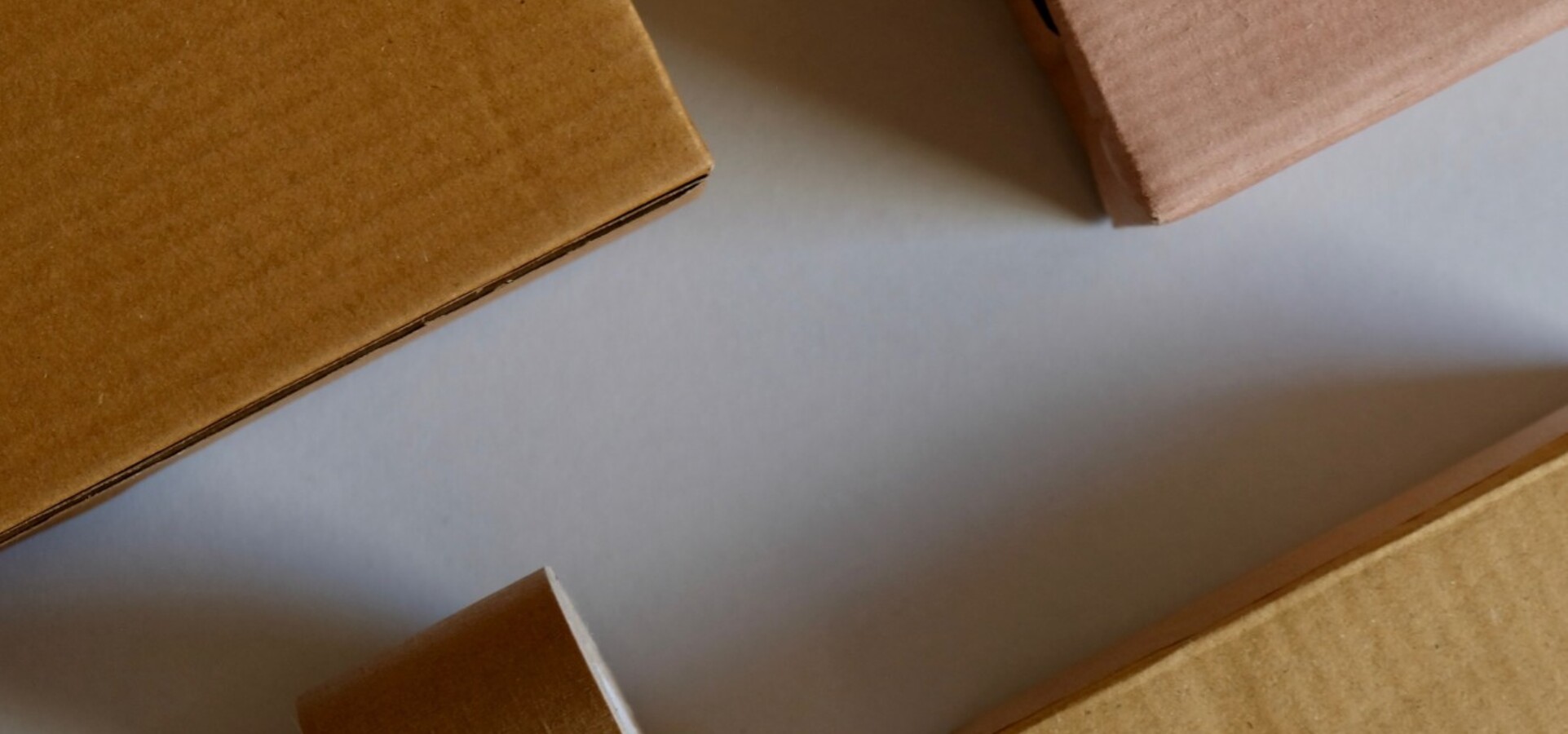We are continually improving our packaging, focusing on three key aspects.
1. Reducing the amount of material used and promoting reusable solutions
In 2020 we phased out plastic bags for textile products in an effort to avoid and reduce packaging. Now, thanks to new packaging made from cardboard, we are able to save 30 million plastic bags every year. In 2021, we are reducing the amount of packaging we use for many non-food items, which will save even more cardboard. To do this, our packaging developers look at each product and assess how much packaging it needs to protect it.
Tchibo is also trialling a reusable shipping bag to ship our products. In the summer of 2020, we sent out 7,500 RePack reusable bags. The customers who received a reusable bag were selected at random. The result of the trial exceeded our expectations: 81% of customers returned the reusable bags. Of the 555 customers who answered questions about the reusable bags, 99% think a reusable system would be a good idea. 86% would be willing to pay a deposit. 63% would also be willing to contribute to the additional costs associated with implementing such a system. 90% would prefer to return the packaging by post, whilst 63% would also like to be able to return packaging to Tchibo shops. In 2021, we will assess what organisation needs to be in place to ensure that the use of reusable bags at Tchibo on a permanent basis is both ecologically sound and economically viable.
Reusable packaging calls for a comprehensive solution that also takes take-back points, return transport and cleaning into account. In order to find a way to overcome this complex challenge, we have signed up to the joint project ‘praxpack’, funded by the Federal Ministry of Education and Research. The pilot test was also carried out as part of this project, working alongside other companies. The project results are regularly published at www.praxpack.de, enabling us to contribute to sustainable development in the industry.

We also offer other reusable packaging solutions in our Tchibo shops. Since 2019, our customers have been able to fill their own coffee cans with coffee beans or ground coffee there. We also serve coffee in reusable cups that customers bring with them. In 2019, we also trialled the reusable deposit system RECUP in 32 shops in Bavaria. During the eight-month trial, customers were able to borrow a reusable cup to take their drink with them in exchange for a deposit. Since the COVID-19 pandemic and temporary shop closures made it impossible to continue the trial, we would like to revisit the topic of reusable packaging in 2021.


2. Using materials from certified, responsible sources
We use materials from certified sustainable sources, such as cardboard certified according to the criteria of the Forest Stewardship Council (FSC®), for example. We have also gradually increased the use of recycled materials, such as in our shipping bag, which is made from at least 80% recycled plastic waste.
3. Making our packaging more recyclable
We are constantly improving the recyclability of our packaging so that the materials can be re-used. For non-food items, 97% of our packaging is already recyclable. Examples of non-recyclable packaging that we are still working on include cushioning materials such as polystyrene to protect furniture and packaging for our jewellery. In the coffee sector, the Cafissimo and Qbo coffee capsules can also be recycled and put in the yellow recycling bag in Germany. It is our ambition – and our responsibility – to achieve even more with other coffee packaging. We still do not use recyclable packaging materials to protect the aroma of the coffee.

The numbers behind our success
97 %
of our non-food packaging is recyclable.
100 %
of our own printed packaging for non-food items comes from sustainable sources (FSC® paper) (with the exception of furniture packaging).
Over 550,000 drinks
have been served in reusable cups since 2019.
30 million
fewer plastic bags have been produced each year since we started using cardboard packaging for textiles.
